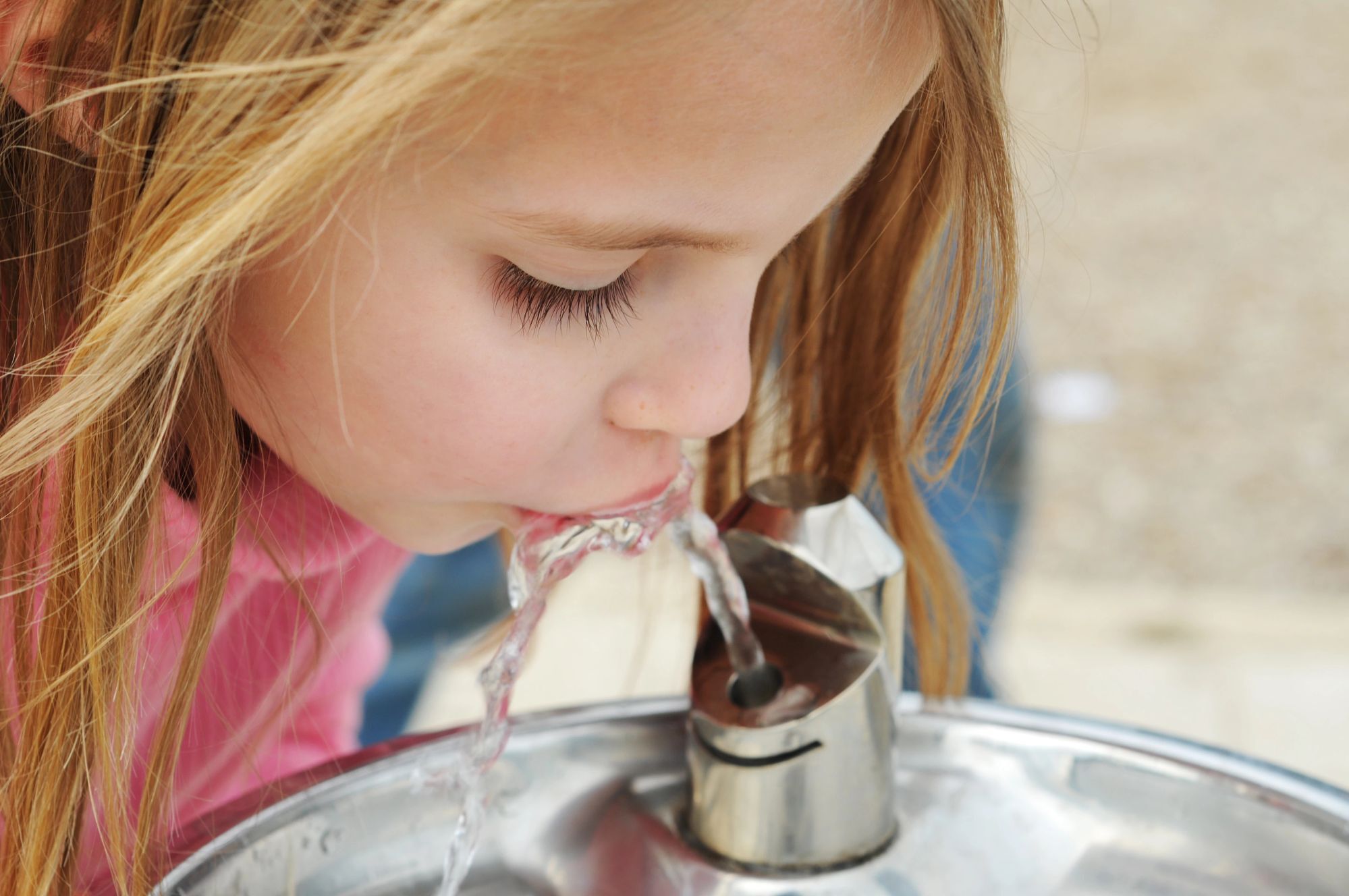How to Treat PFAS in Your Drinking Water
The worldwide pandemic has changed the way we look at our health. After stress-eating our way through the last year, many of us are determined to jumpstart our “new normal” with a healthy lifestyle tune-up.
I’m with you.
Spending so much time in our kitchens lately, many of my friends are telling me they started looking more closely at the water they were drinking, cooking and cleaning with. Not to mention showering and bathing in. That’s where I had to pause. Should we be on alert about the water quality in our homes?
Access to safe drinking water is an issue across the globe. Although in the United States we have one of the safest public water supplies in the world, there are still issues with contamination in some communities. Depending on where you live, your water may contain contaminants at levels that could be a health concern.
That fact has been making headlines lately as the EU and U.S. governments are recommending new safeguards and drinking water regulations. Specifically, the current focus is on testing in communities across the globe where levels of per- and polyfluoroalkyl substances (PFAS) – commonly known as forever chemicals – in drinking water could be considered too high. PFAS are a family of manmade chemicals that were primarily used for waterproofing, non-stick cookware and firefighting foam. They can move from sites of environmental contamination into drinking water sources and are called forever chemicals because they remain in the environment, and don't just "go away."
"Our mission at NSF is to help get the healthiest water possible,” says Rick. “That means staying ahead of the increasing types of contaminants affecting our water supply by testing and certifying the very latest filtration technology and performance.
Let me explain why you need to be aware of the dangers they may pose. The Environmental Protection Agency says exposure to two types of PFAS chemicals – PFOA and PFOS – may cause birth defects, cancer and thyroid issues, among other health problems, when present in drinking water. Perfluorooctanoic acid (PFOA) and perfluorooctane sulfonate (PFOS) are among the most common groundwater contaminants in the PFAS family. The jury is still out on whether these chemicals cause harm when you are exposed to them on your skin or you inhale their vapors.
But there are several things you can do to filter out these yucky chemicals from harming your health and your household plumbing system, says Rick Andrew, NSF’s water treatment expert. These include:
- Get your water tested. “Many states, provinces and regions have regulations, and the U.S. and EU governments are exploring limits, but there is still a lot of work to be done to understand the extent to which these PFAS are present in our water, where and why,” says Rick. “Get your water tested to see if you actually have a problem.”
- Install a water filter such as an under-the-sink filter in the kitchen. Make sure you change your filters. “This a good thing to add to your spring-cleaning list as a reminder,” says Rick.
- Call your local health department or water authority. You may also check your local water quality report. Many have PFAS action and response teams to help answer your questions about the water you have in your home.
Rick and other NSF experts are part of a joint committee that maintains the American National Standards for drinking water treatment. To comply with the standards, a water filter must reduce PFOA and PFOS concentrations in water to below the health advisory standards set by the U.S. EPA at 70 parts per trillion.
"Our mission at NSF is to help get the healthiest water possible,” says Rick. “That means staying ahead of the increasing types of contaminants affecting our water supply by testing and certifying the very latest filtration technology and performance.”
Do you have questions about PFAS and your water? Contact us today.
Sign Up for Tips for Better Living
Stay up to date with what matters most to you and your family.
Related Posts

Foodstuffs: How To Store and Heat Leftovers Safely

Kitchen Cleaning 101: Your Ultimate Guide to Optimum Kitchen Cleaning

Keeping a Clean Home, Especially When You Share It With Your Pet

loMT: Utilize Internal Information Security Expertise to Combat Cyber Risks
Sources:
www.sciencemag.org/news/2018/02/millions-americans-drink-potentially-unsafe-tap-water-how-does-your-county-stack
www.epa.gov/pfas/basic-information-pfas
www.epa.gov/ground-water-and-drinking-water/drinking-water-health-advisories-pfoa-and-pfos
How NSF Can Help You
Get in touch to find out how we can help you and your business thrive.

What’s New with NSF

Michigan’s “Filter First” Law: A Guide for Schools and Childcare Centers
April 23, 2024
Healthy People Living on a Healthy Planet: The Future We’re Working For
April 4, 2024
American Meat and Egg Distributors Now California-Ready with NSF’s Prop 12 Certification
April 3, 2024